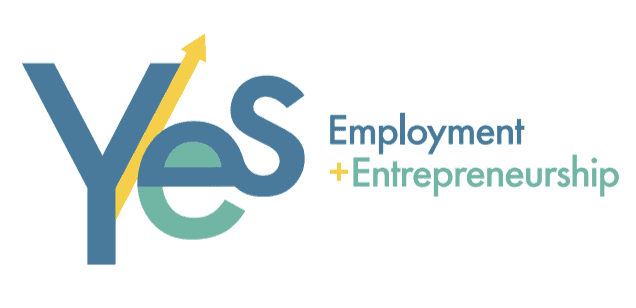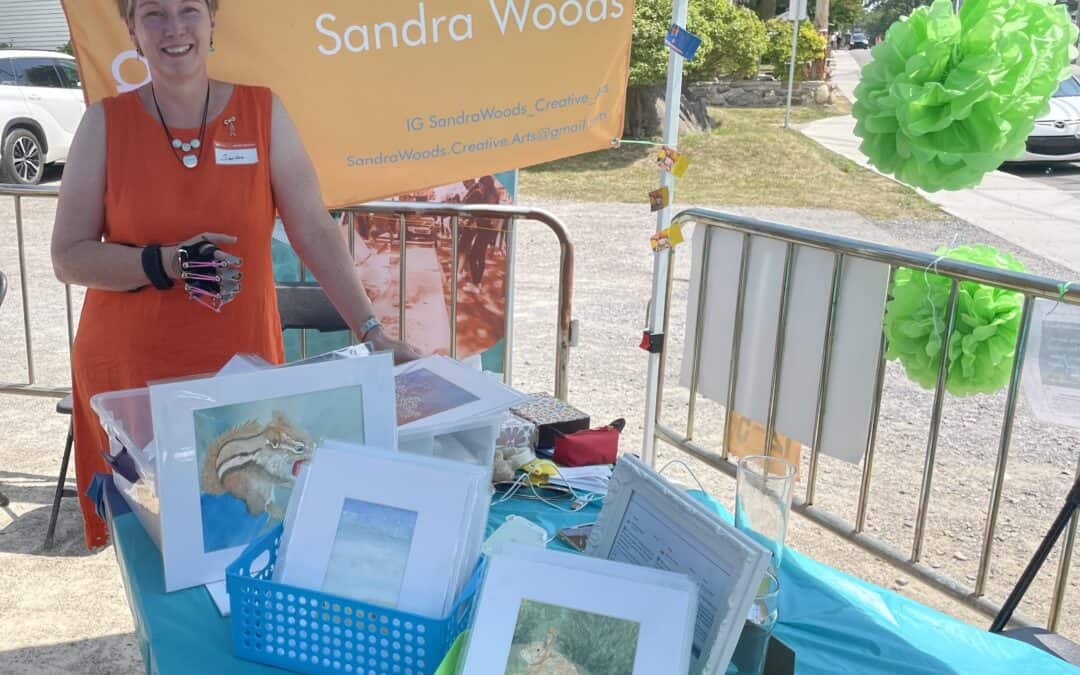Sandra Woods grew up surrounded by creative family members in Montreal and with a strong tradition of military service. As a teenager, she can recall sewing and embroidering gift items, refinishing furniture, and making nature-based holiday decorations – all during the same weekend!
After serving as an officer in the Royal Canadian Air Force (Reserves), Sandra worked in administration and healthcare while taking evening classes for almost a decade. With an honours postgraduate degree, she transitioned to a career in bioethics in 2008 and soon returned to her creative roots by taking up nature photography.
Struck with a rare disease in 2016, Sandra put her healthcare and military training experience to use as a volunteer Patient Partner in chronic pain research and training initiatives for healthcare professionals. Within three years this disease ended her bioethics career, and left her unable to work in healthcare – although she continues to volunteer to a more limited extent.
Her current art practice, of painting and sketching, arose directly from her disability, chronic pain, and disease experience and advocacy.
YES: When did you start your artistic journey and what were some of your goals when you started?
Sandra Woods: Since childhood, I’ve described myself as a “creative soul”, but my true artistic journey began in 2021 while I was coming to terms with my new reality as a cognitively-disabled person. I’d had to step away from a career that I adored – in bioethics – at the end of 2018 after I developed a mild cognitive impairment (MCI), and had then become involved as a volunteer Patient Partner in chronic pain research and advocacy initiatives. I recall reading some research on the benefits of art practice for pain management, then potentially as brain-plasticity training to prevent cognitive decline. This was the catalyst for my decision – during the pandemic! – to tackle my lifelong dream of learning to paint with watercolors.
My three goals were to use painting and sketching as movement therapy for my right hand and arm, artistic skills-learning as brain-plasticity training for my MCI, and any resulting artworks to raise awareness of chronic pain.
What stage are you at now? What have been your greatest achievements?
I’m definitely at the emerging artist stage, learning how much I still have to learn! I’d say that my greatest and most surprising achievements so far have been winning awards for my artworks; 1st Prize in the amateur Watercolour & Gouache category of the Montréal-wide Pierrefonds Art Contest in 2022, 1st Prize in the 2021 national “Imagining Pain” Art Awards of the Canadian Pain Society for another watercolor, and a 2nd Prize Honourable Mention in the national 2021“State of the Forest” nature photo contest from The [Robert] Bateman Foundation.
What were/are your biggest struggles?
My greatest challenge, on all levels, continues to be Complex Regional Pain Syndrome. CRPS is a rare autoimmune and neuro-inflammatory disease, with both full-body and localized effects. It’s responsible for my disability, the ‘mild cognitive impairment’ that stole my previous career in bioethics at the end of 2018, along with bouts of autoimmune fatigue. Best known for chronic pain – as its name implies! – CRPS has also resulted in constant pain in my right hand and arm; in the bones, joints, nerves, and skin. It changes my skin temperature and colour, causes spasms and tremors, and has damaged my joints. And yes, I’m right-handed. My thumb is less affected, so I hold my paintbrush or pencil mostly with my thumb.
What was the problem you were experiencing before you came into YES?
One of my goals, at the outset of this artistic journey, was to incorporate my artwork into my advocacy and awareness activities for CRPS and chronic pain. I felt that I had a story to tell because my art practice is so deeply intertwined with my experiences of chronic pain, rare disease, and cognitive disability.
The problem was that I didn’t know how to actually tell this story, nor how to get any attention for it. I was already blogging about my patient journey, and active as a Patient Partner on social media – but I didn’t know how or when to incorporate my art journey into the realm of my patient advocacy.
What did you find as a result of using our services? What was the best thing about it?
In 2022 I was selected as one of the emerging artists to participate in YES Montréal’s summertime series of “What the Pop!” outdoor art events. The training provided by YES for this event gave me the tools that I needed to combine my patient journey with my artistic journey. I followed the recommendations from one of the mandatory “What the Pop!” webinars, sent personalized emails to a number of traditional media, and ended up with a Feature in The Suburban. It was also a wake-up call to realize that I could offer unframed watercolours, professionally packaged,
How do you feel about the service you have received from YES?
I had a fantastic experience at “What the Pop!” 2022 in Hudson, because I had – as advised! – researched the area and got to know what type of artwork would likely be most popular there. I left my more contemporary and abstract works behind and was successful with my more traditional landscapes and realist-impressionist pieces.
Discover more about Sandra and view her art here.
What The Pop! 2023 Call for Submissions
We’re always seeking out opportunities to promote local artists and we have launched the Call for Submissions for the 2023 edition of the YES Pop-up Exhibition series, WHAT THE POP! Get more info and submit your application here.
To learn more about our services for Artists, click here.

